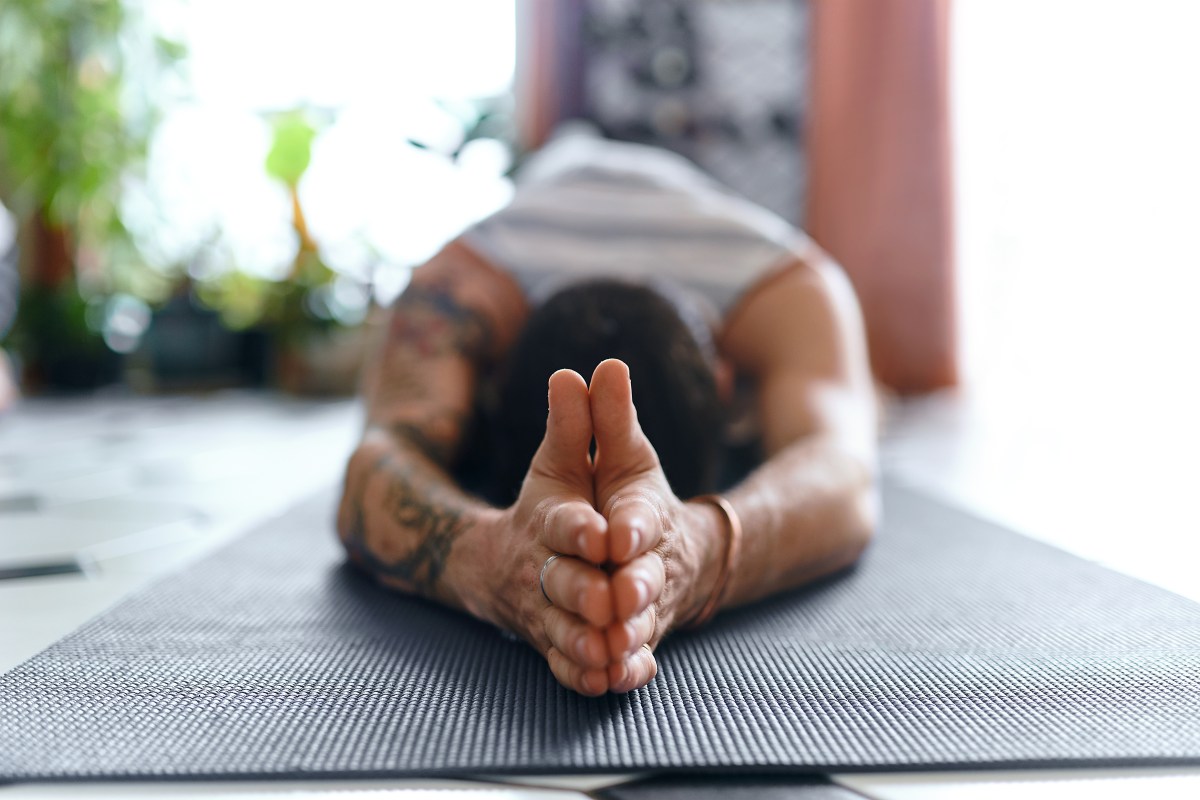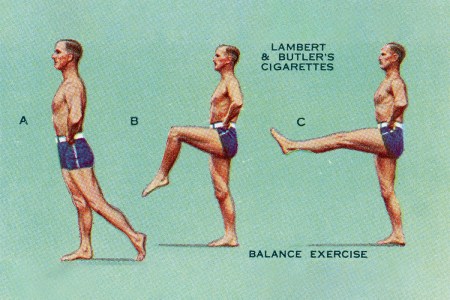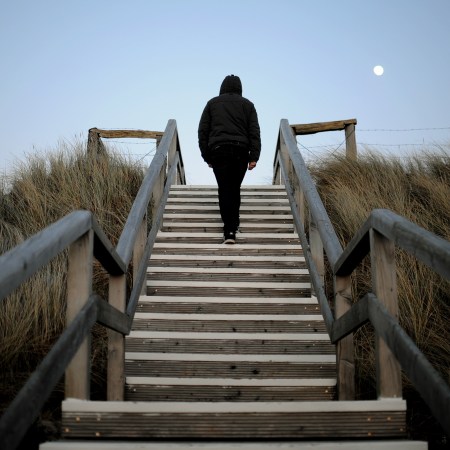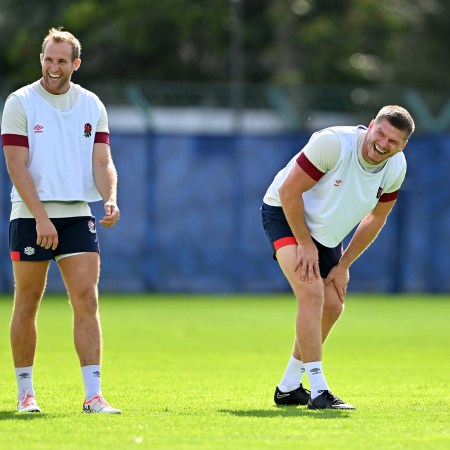Many of us recognize the importance of watching our backs, but life tends to get in the way. We eat lunch hunched in our cubicles. We heave boxes at odd angles. We swing rackets without warming up.
But the health of our spines is worth putting effort into. They’re the lifelines of our bodies and a literal extension of our brains. Spinal health impacts everything from mobility to balance to cognitive function. And perhaps one of the most effective and fast-acting ways to work toward solid “spinal hygiene” is regular Pilates sessions.
The idea of Pilates may invoke images of green juices and designer leggings, but the low-impact discipline was originally created by a World War I vet named by Jospeh Pilates, who developed a series of resistance-based machines to help fellow veterans who’d been hospitalized in the war. Following the design of these machines, Pilates developed an exercise methodology that focused on precision and total-body work. This continues to the foundation of modern Pilates — though studios now play a lot more Taylor Swift.
15 Mobility Tests to Make Sure You’re Aging A-Okay
From trunk rotations to ankle flexes, these moves are quick, simple and free to tryPilates and Spinal Alignment
“Pilates lengthens the spine in natural positions to restore alignment, all while strengthening the musculature surrounding and supporting [it],” says Dr. Shannon Murphy, a physical therapist. Incorporating workouts like Pilates into your weekly fitness rotation can help keep you active and feeling good well into old age.
“Maintaining spinal health as we age is a critical component in keeping up an active and pain-free lifestyle.” Dr. Murphy explains. “We’re fighting the effects of gravity, which is pushing our spine into a more flexed position our whole lives.”
So while physics and and a never-ending to-do list are literally shrinking us, Pilates can help stretch us in the other direction. According to Dr. Murphy, “Many people feel taller after Pilates sessions. This is because the vertebrae are pulled away from one another, promoting traction through the spine, relieving compression that often occurs through poor posture.”
It Helps the Core, Too
Part of what makes Pilates such an effective means of protecting the spine is the way in which it engages a group of muscles: the transverse abdominals, pelvic floor, multifidus (the deepest layer of the spine) and the diaphragm, commonly referred to singularly as the core.
“A strong core can help stabilize and act as a support for your spine,” explains Alana Sussan, owner of Pilates Sculpt studio in Pasadena, CA. “The core muscles are the center unit, where all movement is navigated. Our core distributes weight and transfers force through our muscles rather than our spine.”
According to Sussan, for those of us who spend a lot of time behind the wheel of a car, hunched over a laptop or tapping out emails on smartphones, Pilates can offer some much-needed loosening of tight muscles and help reduce or eliminate back pain.
“I would absolutely recommend Pilates to someone with minor back pain or recovering from an injury,” Dr. Murphy adds, “as Pilates strengthens the entire body while focusing on spinal and core stabilization and mobility.”
How to Get Started
Many of the benefits of Pilates stem from the fact that it is a very precision-orientated form of exercise. Because of this, people who are interested in trying it for the first time should start in a class geared toward newcomers, so that they can learn proper spinal positioning, breathing techniques and form. Reformer studios generally recommend wearing a pair of socks with grips on them, so you may want to buy a pair before your first class.
“Pilates is a progressive method,” Sussan says, and there is plenty of room to keep challenging yourself. “Exercises are slow and controlled but in time you will layer onto exercises, increase stamina and intensity.” There’s a reason Pilates has endured for so many decades as a favorite workout of athletes, dancers and physical therapists alike. The spinal alignment and core strength it offers are useful for people of all ages, and walks of life. No one likes a pain in the neck. (Or the back.) It’s not a stretch to say that this discipline can help keep you comfortable, active and performing your best for many years to come.
Whether you’re looking to get into shape, or just get out of a funk, The Charge has got you covered. Sign up for our new wellness newsletter today.



















